The Wall Street Journal has gotten hold of a trove of internal Facebook documents and is publishing a series of stories about what it's found. Today the focus is on Instagram, and specifically on the impact Instagram has on teen girls:
For the past three years, Facebook has been conducting studies into how its photo-sharing app affects its millions of young users. Repeatedly, the company’s researchers found that Instagram is harmful for a sizable percentage of them, most notably teenage girls.
“We make body image issues worse for one in three teen girls,” said one slide from 2019, summarizing research about teen girls who experience the issues.
....“Social comparison is worse on Instagram,” states Facebook’s deep dive into teen girl body-image issues in 2020, noting that TikTok, a short-video app, is grounded in performance, while users on Snapchat, a rival photo and video-sharing app, are sheltered by jokey filters that “keep the focus on the face.” In contrast, Instagram focuses heavily on the body and lifestyle.
At first I found this all pretty plausible, and I suppose I still do. Still, girls are exposed to unrealistic body expectations starting with Barbie dolls in early childhood and extending later to TV, magazines, the internet, videogames, and more. They are practically surrounded by it, and I started to wonder if trading some hours of, say, TV for a few hours on Instagram really made a big difference.
I don't know if there's any way to answer this, but the Journal article did suggest that Instagram's impact on body issues was producing an increase in eating disorders. I could at least check that, and here's what I found:
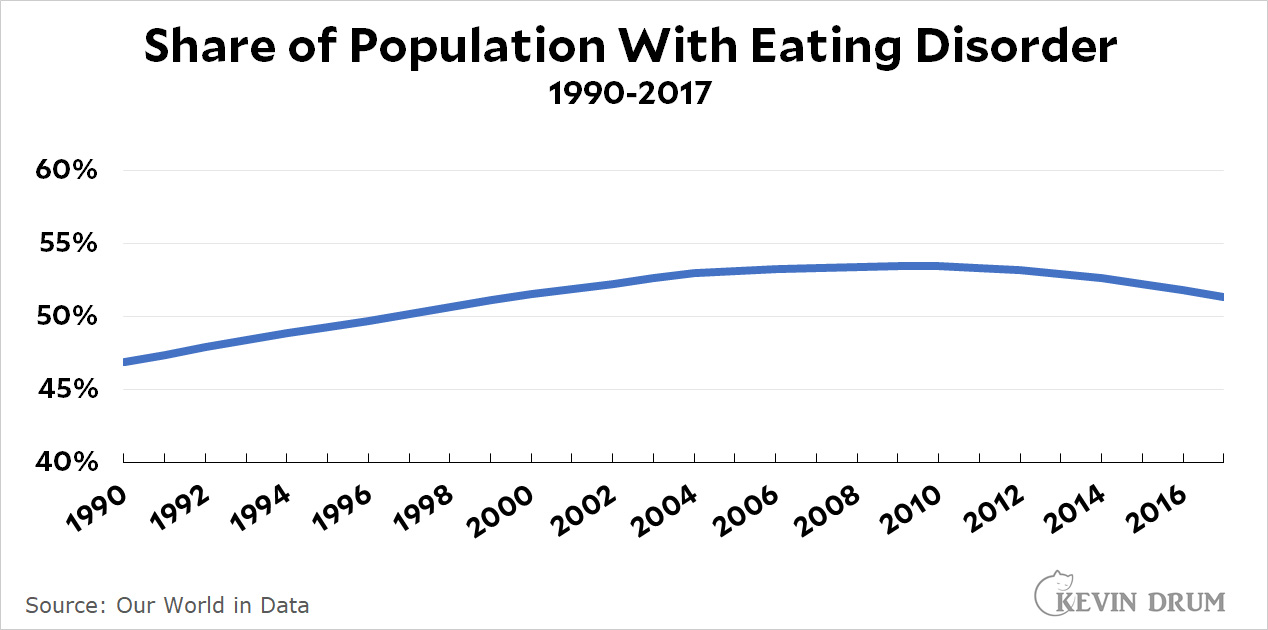
This is all people with eating disorders, not just teen girls, and it only goes through 2017. Still, Instagram has been a Facebook property since 2012, and if it's had more than a trivial impact on eating disorders you'd expect that it might show up in the overall data. But obviously it doesn't. The share of the population with eating disorders has dropped steadily over the past decade, exactly the period when Instagram use was rising.
In the end this probably doesn't tell us anything firm, but it seemed worth throwing out there. In any research of this kind, the proper question to ask is "compared to what?" Instagram might well have a negative effect on teenage girls, but to know if it's truly dangerous you have to ask "compared to what?" That is, what would teenage girls be doing if they weren't on Instagram, and would it be better or worse? That question doesn't seem to have been addressed.



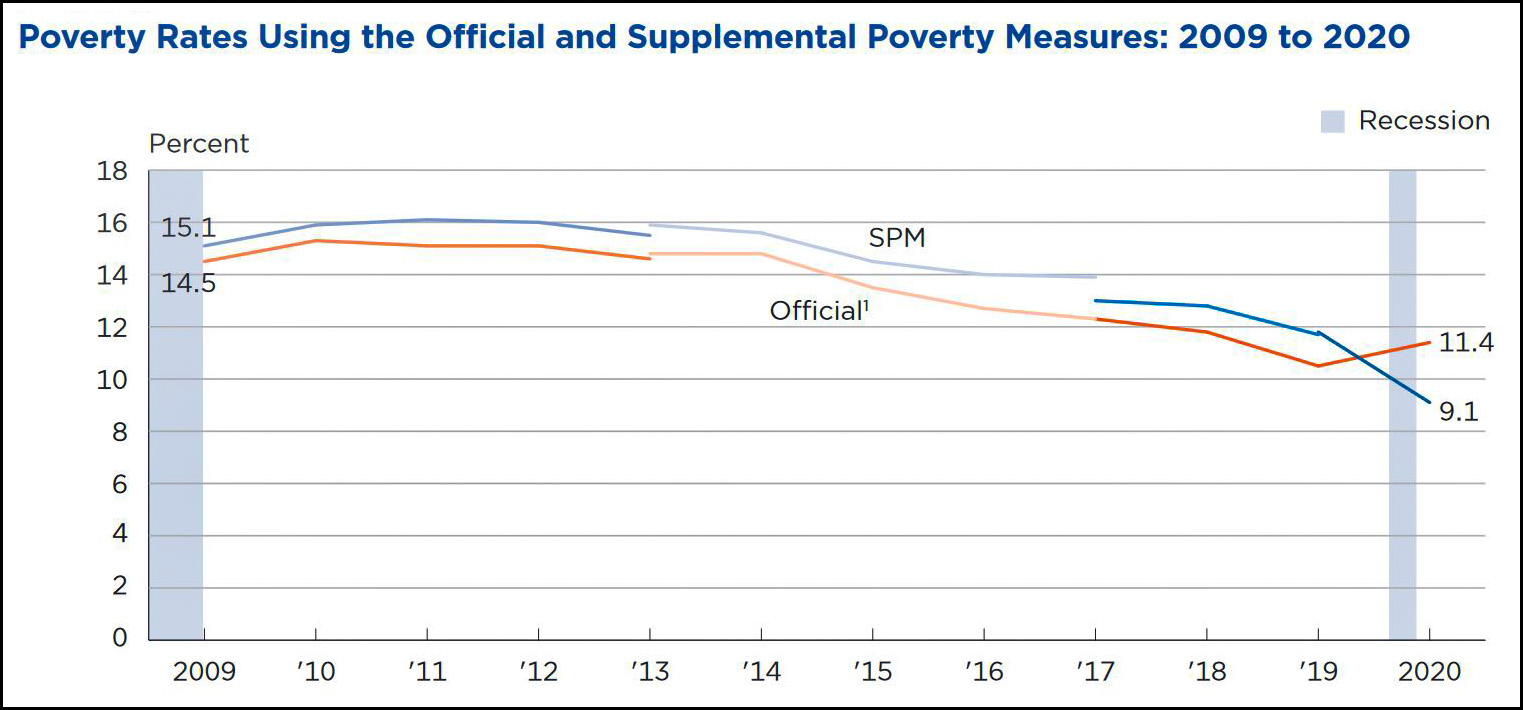

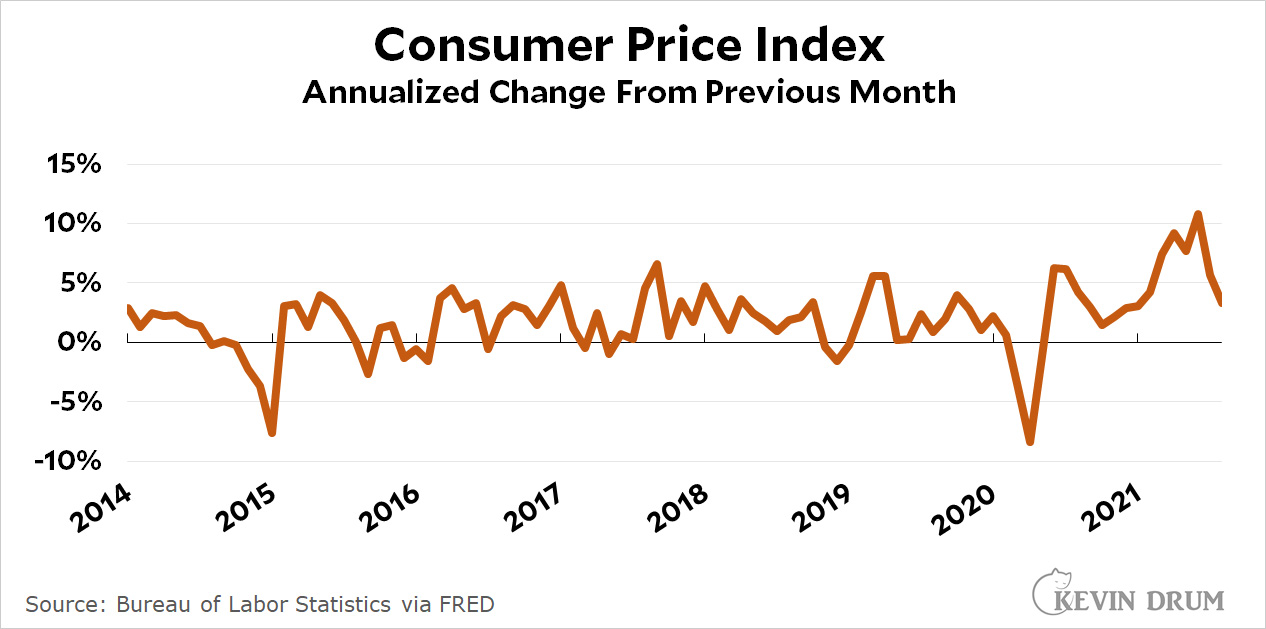
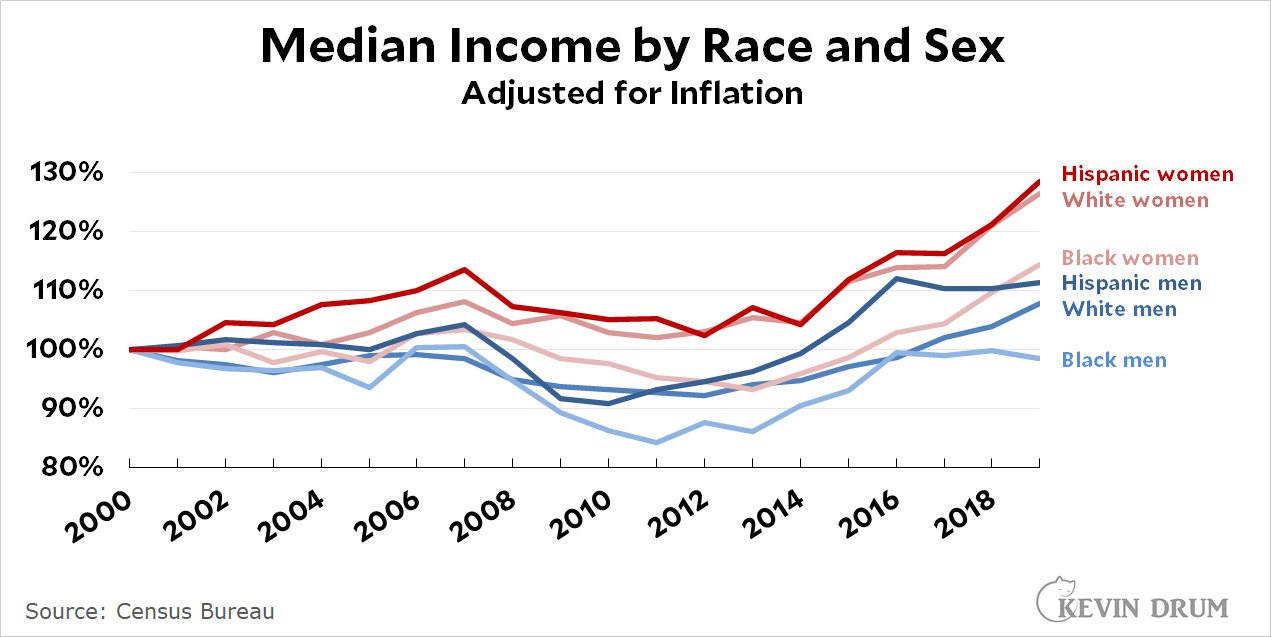
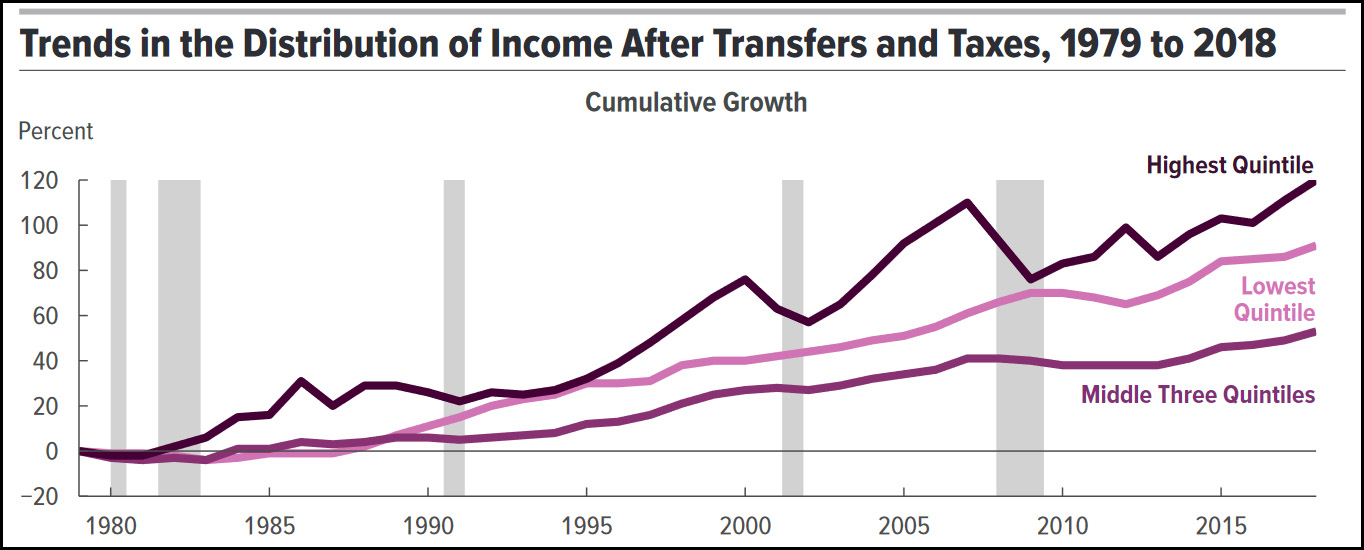
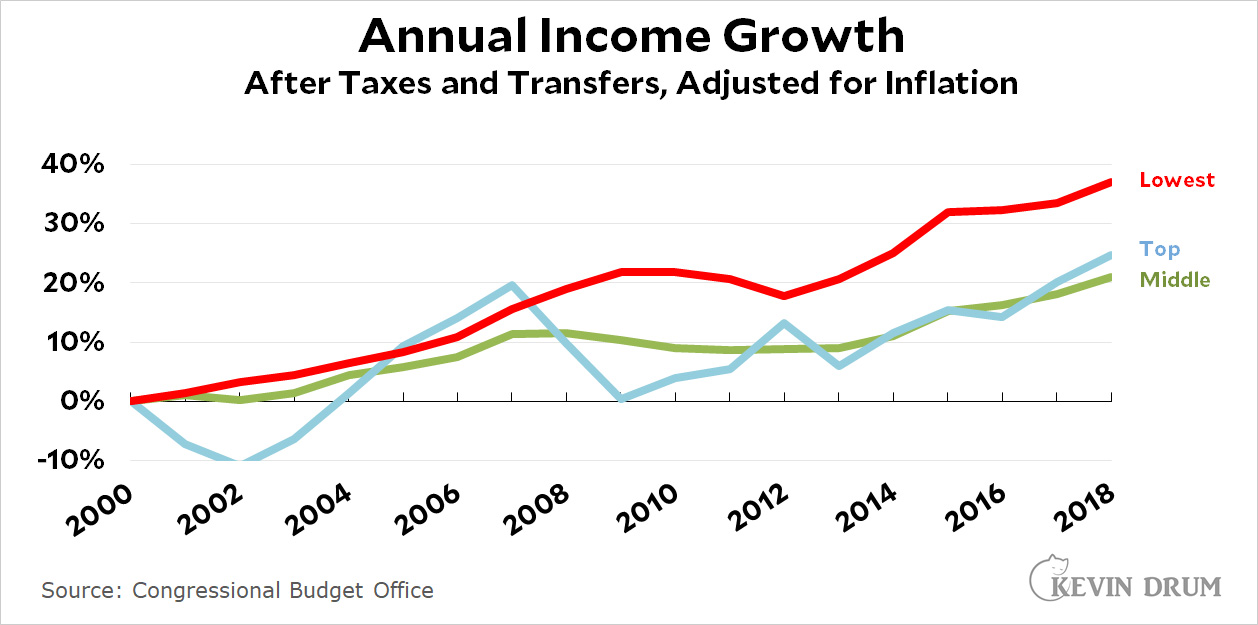
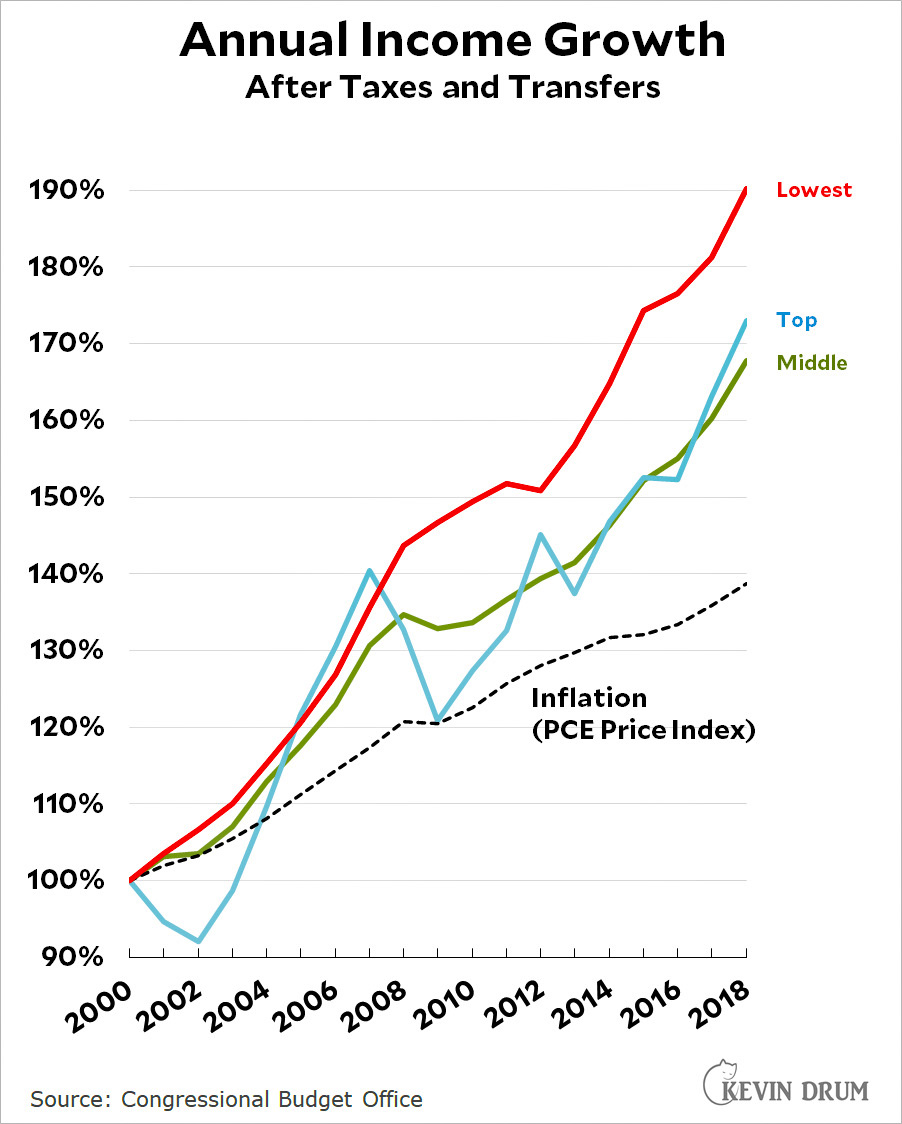 Income is up for everyone: men, women, Black, white, Hispanic, rich, poor, and middle class. Data from the CBO
Income is up for everyone: men, women, Black, white, Hispanic, rich, poor, and middle class. Data from the CBO 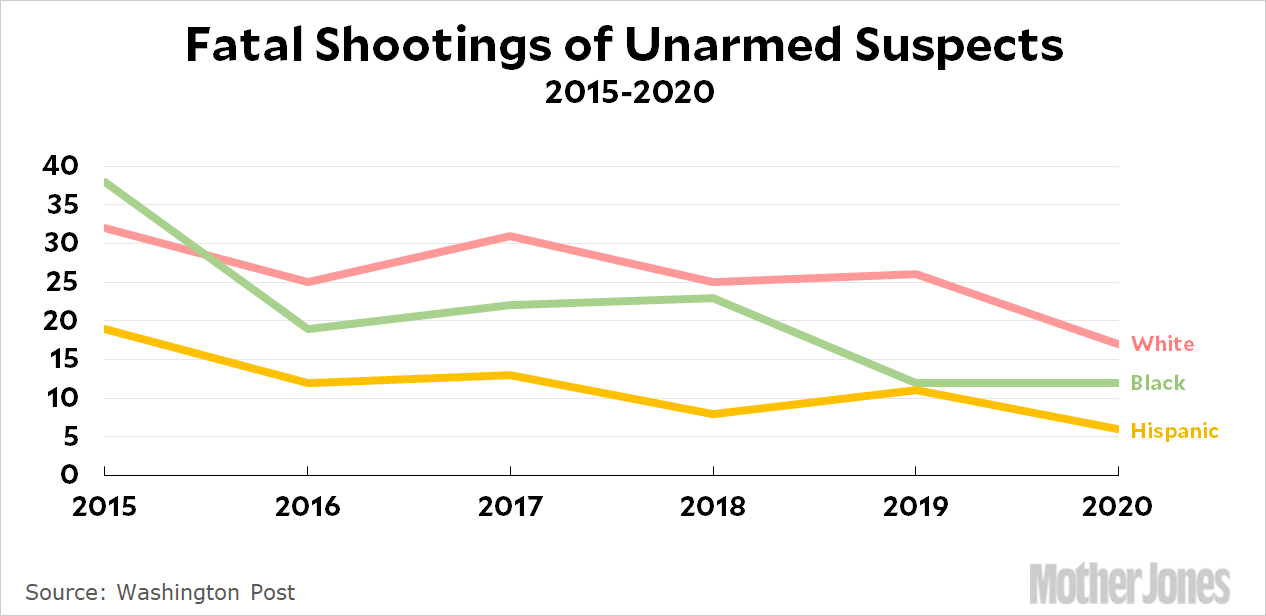 The spiraling cost of medical care has been brought under control. Over the past 20 years, medical inflation has been only slightly higher than overall inflation.
The spiraling cost of medical care has been brought under control. Over the past 20 years, medical inflation has been only slightly higher than overall inflation.